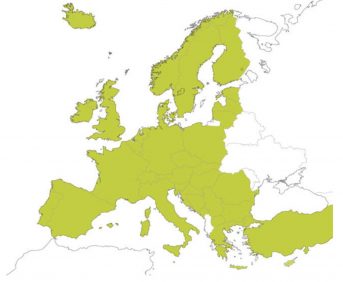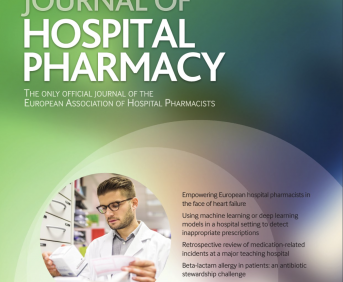IMPACT OF PLANTS ON ANTICANCER DRUGS METABOLISM: DEVELOPMENT OF A DATABASE TO FACILITATE THE PHARMACIST’S EXPERTISE (submitted in 2019)
Pdf

European Statement
Clinical Pharmacy Services
Author(s)
ANAIS AMAR, SIMON CLAUTRIER, MORGANE GIOVANELLI, REGINE CHEVRIER
Why was it done?
The phytotherapy market has continued to grow for several years. However, in oncology, concomitant use of plants with oral or injectable chemotherapies can be harmful. Plants can interact with many cytochromes (CYP), impacting on the biotransformation and kinetics of drugs. While grapefruit or St John’s wort are already recognised as interfering with many therapies, the impact of many plants remains unknown for healthcare professionals. Tools exist to evaluate their effects on drug metabolism, but the multiplication of sources delays and complicates the advice of pharmacists.
What was done?
Centralise information on plant metabolism on a single support by creating a database. Facilitate pharmacist’s expertise about interactions between plants and anticancer drugs.
How was it done?
To create the database, it was necessary to establish an exhaustive list of plants. Three sources of information have been used:
– Inventory of phytotherapy products marketed in 4 drugstores
– Census of plants consumed by patients seen in pharmaceutical consultation (PC)
– Consultation of websites specialized in phytotherapy
Then, an Excel table has been developed:
– each line corresponds to a plant
– each column corresponds respectively to 17 CYP, a transport protein (Pgp), estrogen-like (EL) and antioxidant (AO) properties of the plant.
A colour code has been defined according to the inhibitory (yellow), inductive (blue), EL (purple) and AO (red) action of the plant. If there is no interaction, the box remains blank.
Plant effects data were collected from Hedrine®, Oncolien®, MSKCC, RX list and Drugs.com websites.
What has been achieved?
Finally, 174 plants have been accounted in drugstores, 82 were identified during PC and 129 found on websites. If 10% of plants have an EL action and 16% an AO effect, approximately 30% have inductive and/or inhibitory action of at least one CYP and/or PgP. Since the tool’s creation: 91% of answers could be given immediately to patients compared to only 9% delayed (plants still unreferenced).
What next?
This database is an essential tool for answering questions from patients with anticancer drugs. It saves precious time and responsiveness during PC, but also during patient phone calls. However, critical work with divergent information between sources is to be expected. Currently, as a precaution, we don’t recommend the use of plants subject to such a contradiction.
























